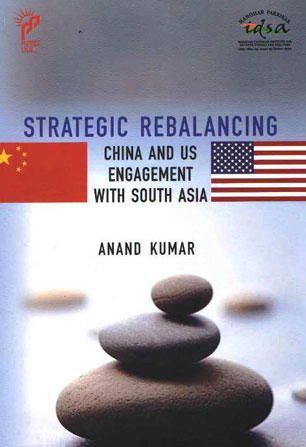The Liberation War of 1971 and India
India’s role in the liberation war is often seen through the geopolitical prism. Its response to developments in East Pakistan was complex and evolved over a period of time. Before taking recourse to military action, India exhausted its diplomatic initiatives to draw the attention of the international community to the refugee crisis which arose due to the Pakistan Army-perpetuated genocide – a term first used by India in the Parliament Resolution of 31 March.
Histories and Memories of the Liberation War: Saranarthis in Tripura
In the twentieth century, South Asia experienced mass migrations of millions of insecure homeless people twice: it witnessed the Partition-refugees from 1947 and saranarthis during the liberation war of 1971. The Indian State treated the first category as ‘citizen-refugees’, whereas the saranarthis were like temporary shelter-seekers. Among the Northeastern states, Tripura played the most crucial role in providing them with all essential supports.
Bangladesh: A Half Century into Freedom
The article is an observation of the fifty years that have gone by since the liberation of Bangladesh through a guerrilla war against Pakistan in 1971. It spells out the causes behind the military and political collapse of the Pakistan state in Bangladesh, formerly the eastern province of Pakistan. Furthermore, the article is a brief study of the conditions confronting Bangladesh at birth, which at a certain point pushed the country into reverse gear through the rise of illegitimate regimes in the mid-1970s and early 1980s.
Opportunity of the Century
The year 1971’s geostrategic significance for the Indian subcontinent rivals that of 1947 when British India was divided into India and Pakistan. While the roots of Bangladesh's secession from Pakistan lay firmly within the Pakistani polity, India's political support for the Bangladesh freedom movement and its military intervention were crucial for the liberation of Bangladesh. The Indian campaign for the liberation of Bangladesh was brilliantly conceived and deftly executed.
Bangladesh–India Relations: Strengthening Historical Ties
In a fast-emerging multipolar Asia, and in the fast-shifting geopolitics of the area where ostensive national interests are being pursued with growing military-driven intensity, enhancing strategic ties between close and historic neighbours like Bangladesh and India has assumed greater urgency. The region also faces major socio-economic challenges, which were exposed brutally by the Coronavirus pandemic and its effects on lives and livelihood.
India–Bangladesh Ties: Half Century of Consolidation
Bangladesh’s emergence, as a new nation at the height of the Cold War, in 1971, re-drew political borders in the Indian subcontinent. It was one of the most significant geopolitical events of the latter half of the 20th century. India’s ties with Bangladesh have taken great strides in the last decade in comparison to the first 40 years, expanding and strengthening across a wide template of sectors.
1971: Memories, Facts and Words Overheard
It was hot and muggy on 25 March 1971, with nothing to suggest that the day would turn into an ghastly night. The usual no-work gang were lounging around; my brother was washing the family car and the rest were just doing nothing. This included my banker-father who had been transferred to Karachi on the ground that he had given unsecured loans—small ones—to the wretchedly poor, affected by the cyclone of 1970. He had refused to go and taken leave instead.
Working with the Refugees, 1971
In March 1971, I was working on an Oxfam-UK supported Gandhian village development project in Bihar, India, where I had been for almost three years. Through the BBC and some sketchy Indian newspaper reports, I learnt about the unrest in Dacca in the early part of March 1971. Sheikh Mujib’s speech of 7 March was well reported by The Statesman newspaper which always reached Gaya from Calcutta one day late. However, nobody was prepared for what would unfold later that month.
















